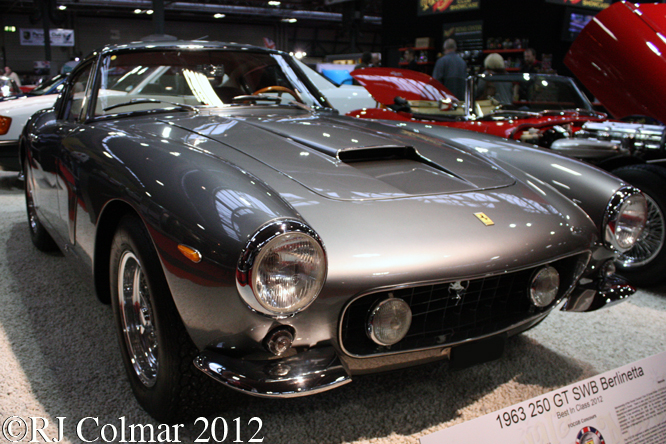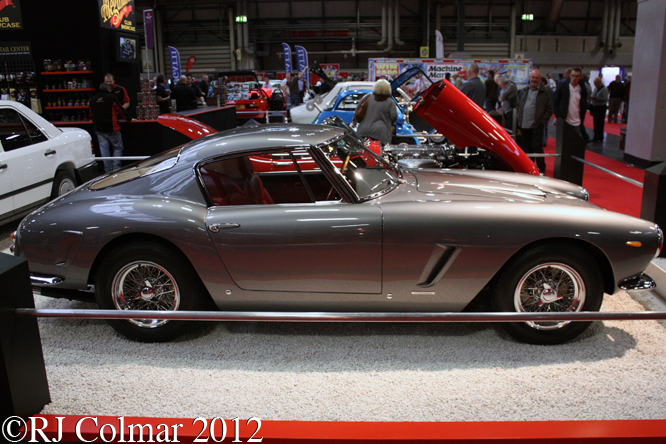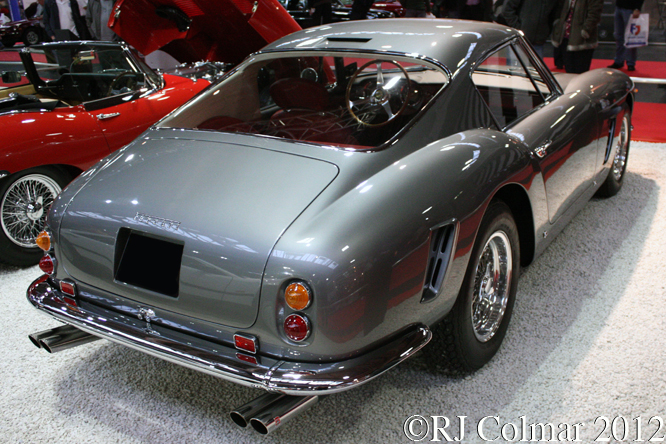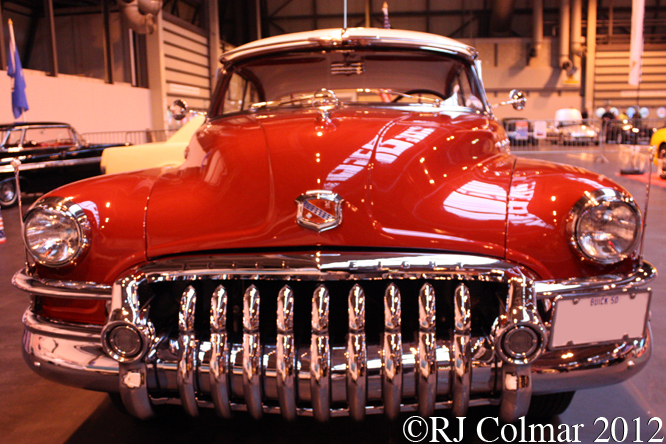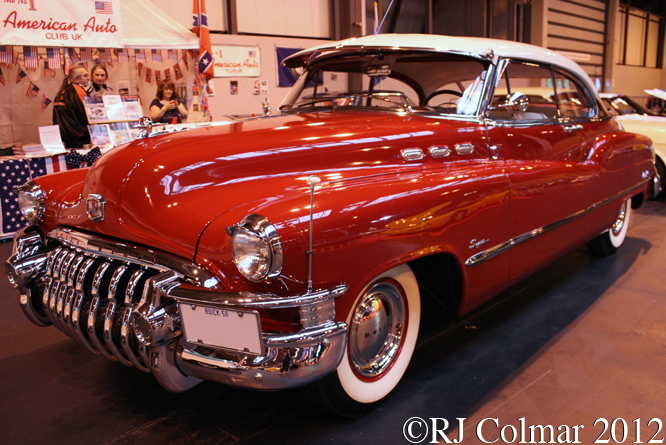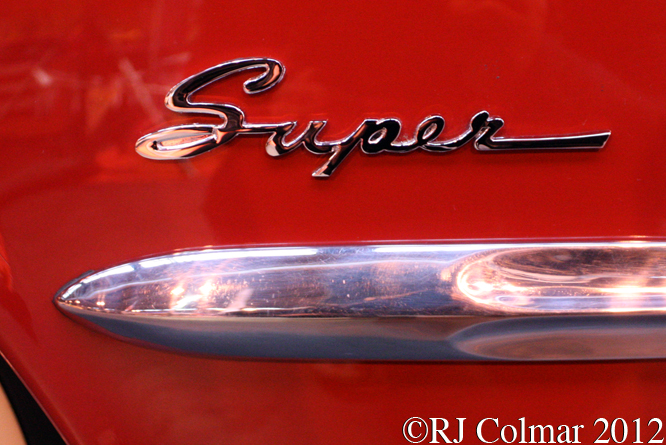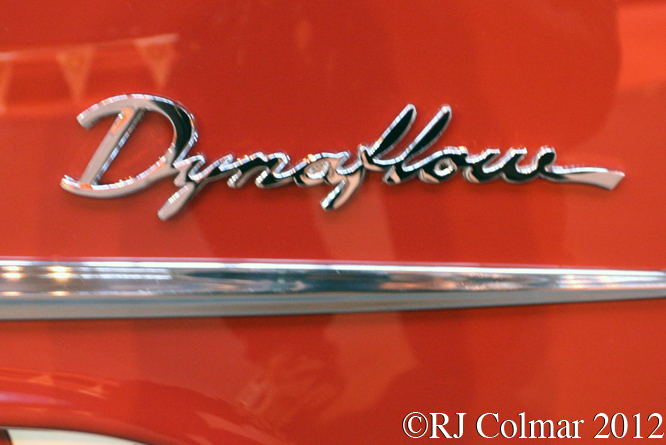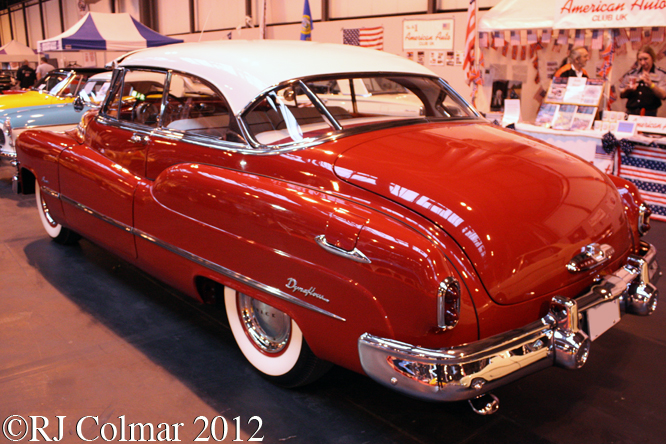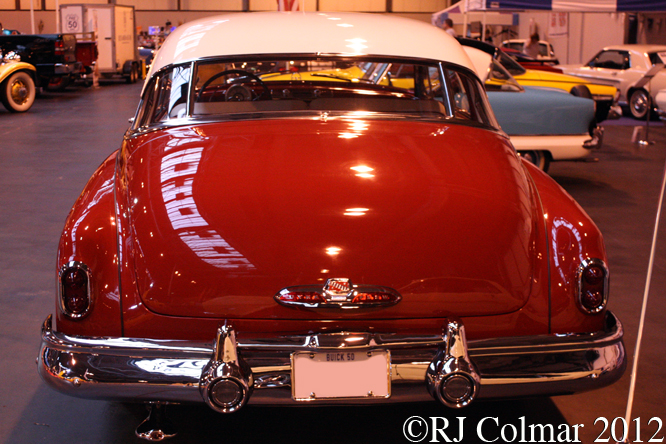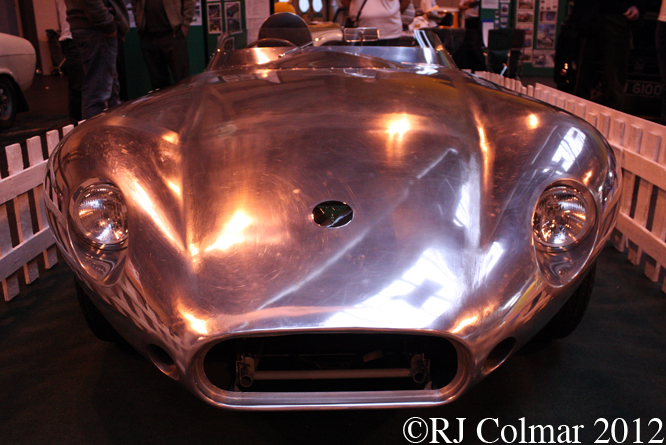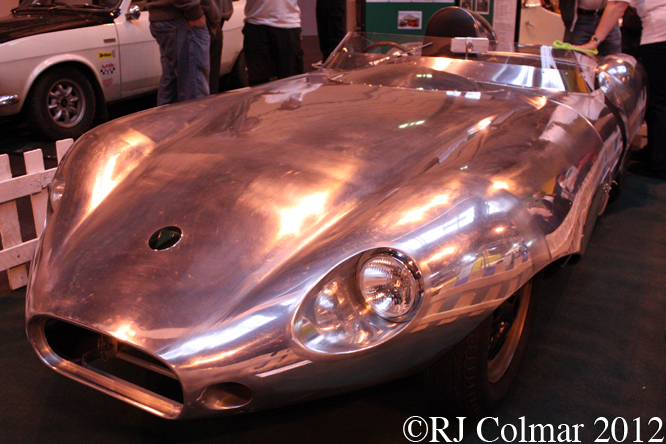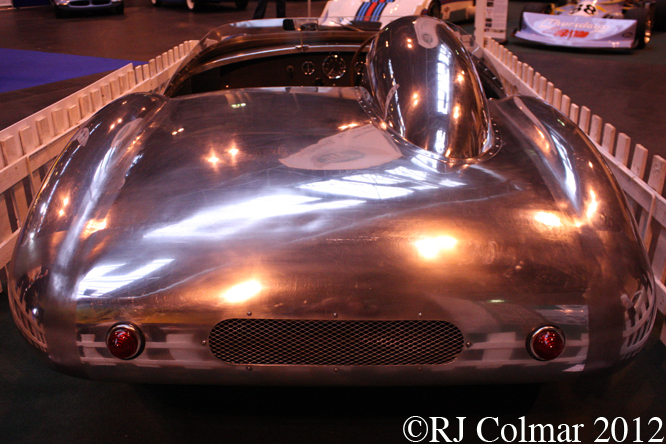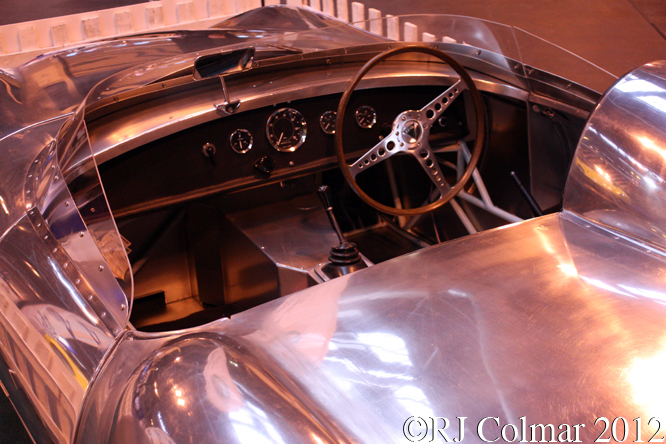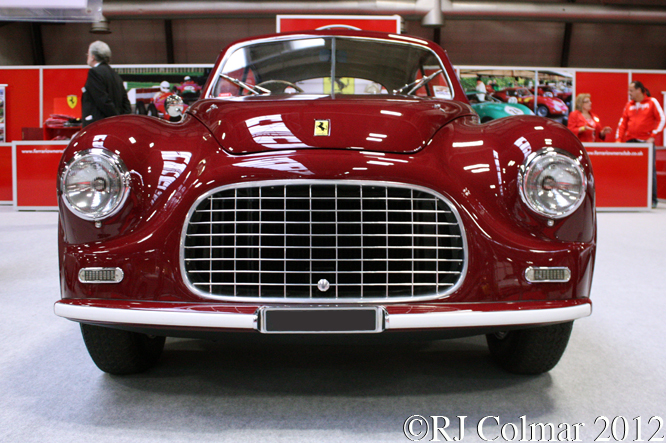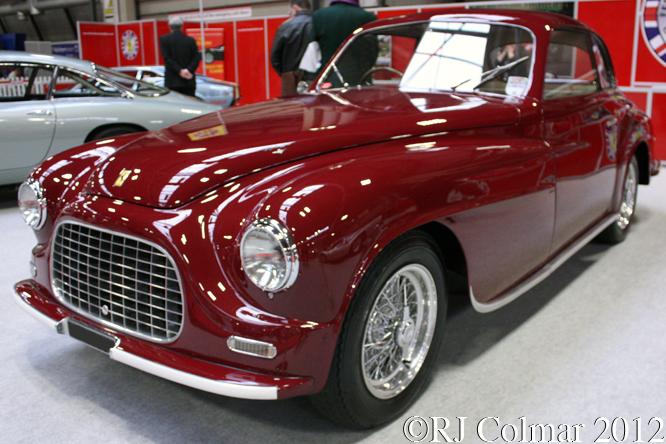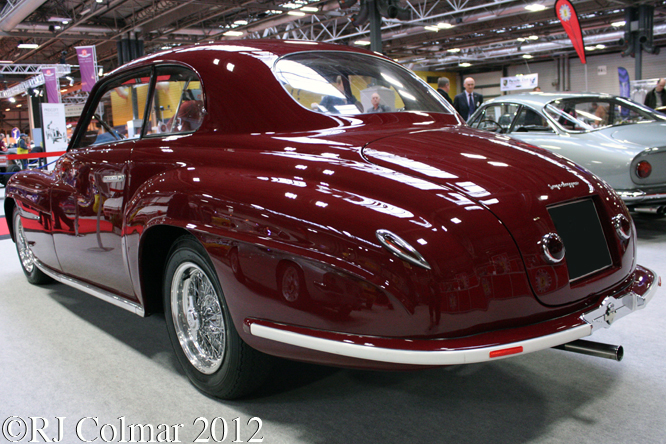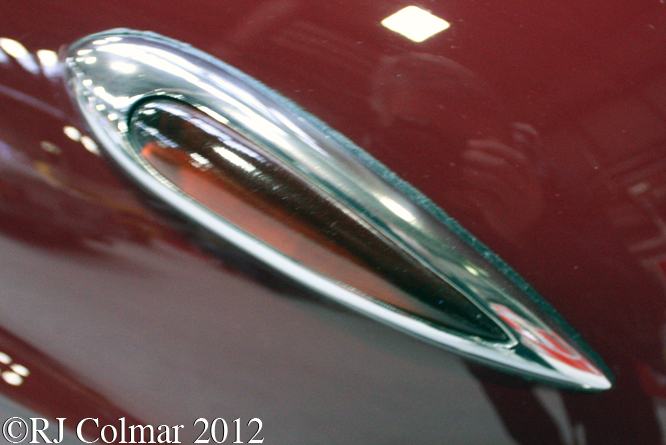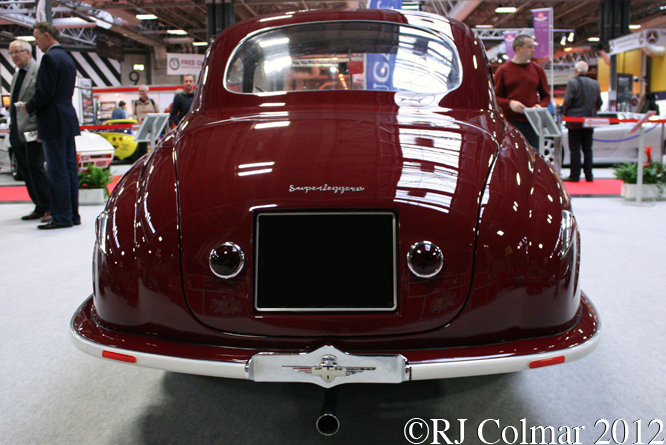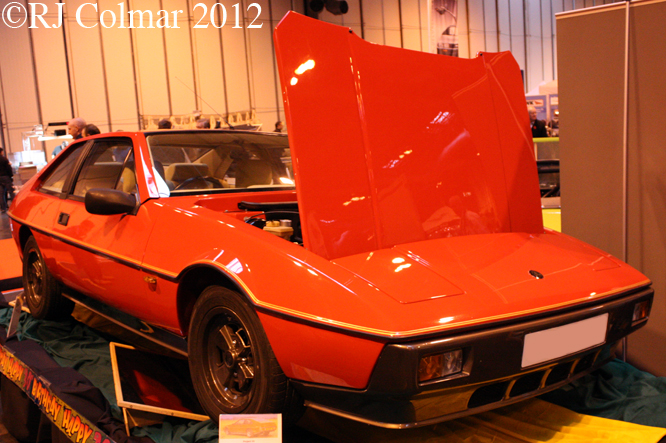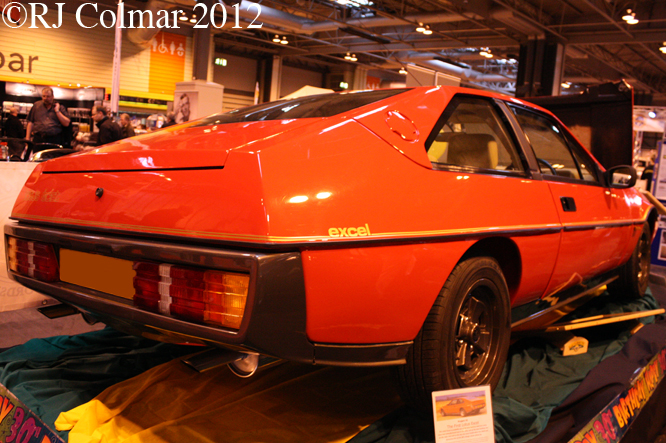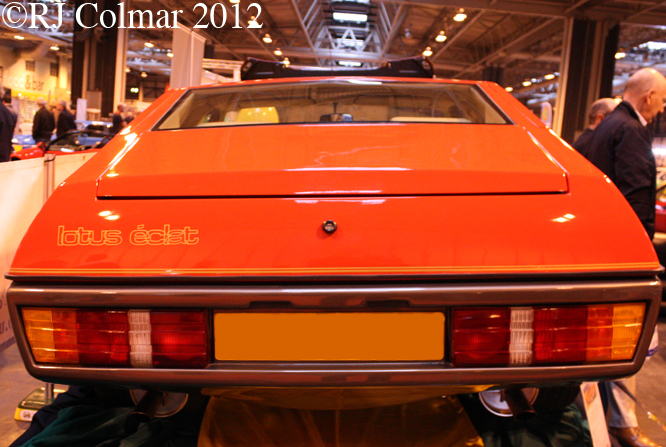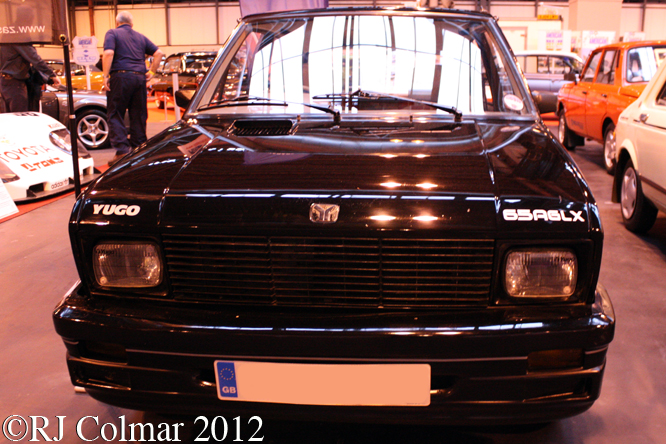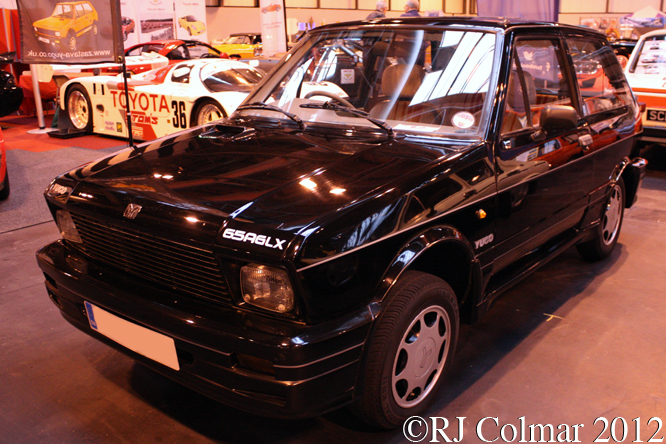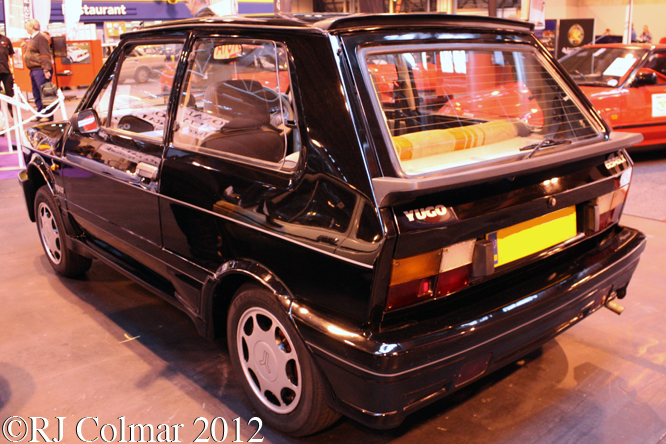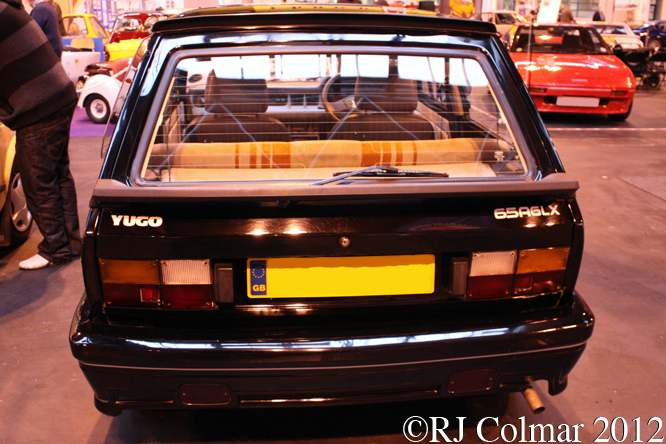The British Touring Car Championship (BTCC) dates back to 1958 when Jack Sears won the first contest, then known as the British Saloon Car Championship in an unlikely Austin A105 Westminster. Last year 2 time champion Jason Plato brought his MG6 GT featured here home in third place in the now Chinese owned MG Marque’s return to the Championship.
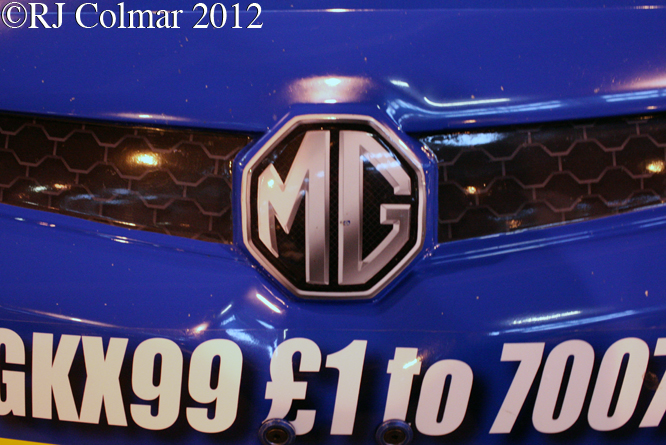
Plato’s team Triple 8 Motorsport which runs under the MG KX Momentum team banner was one of just two teams running with works support the other was the Championship winning Honda Yuasa Racing Team which clinched the top two championship spots with Gordon Shedden snatching the 2012 title from 2011 champion Matt Neal running Civic bodies.
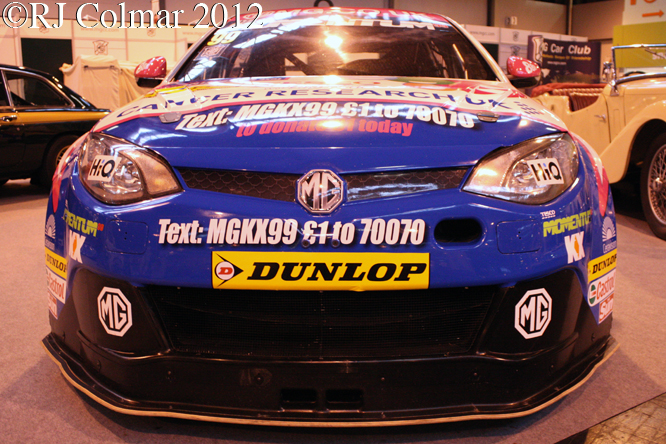
All of the runners in the 2012 BTCC were running with the Next Generation Touring Car (NGTC) motor, a turbocharged crate motor that produces around 300 hp, depending on the performance of a particular team this can be increased or decreased by the series organisers TOCA to even out the playing field.
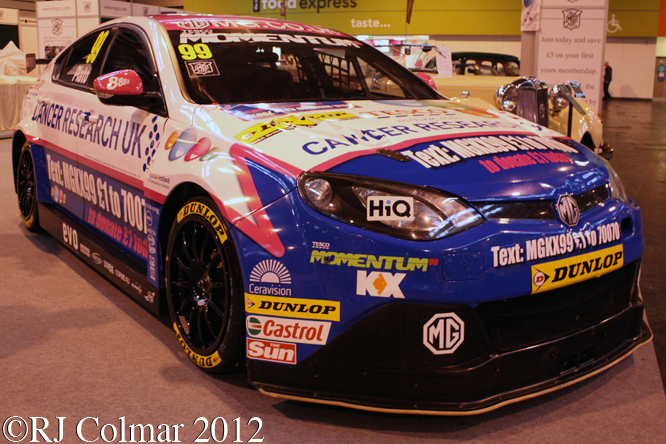
The cars all run with standard spec 6 speed sequential gearboxes, racing clutches, front subframe incorporating the the suspension, transmission and motor, rear suspension, turbo inter cooler and aerodynamic aids front and rear.
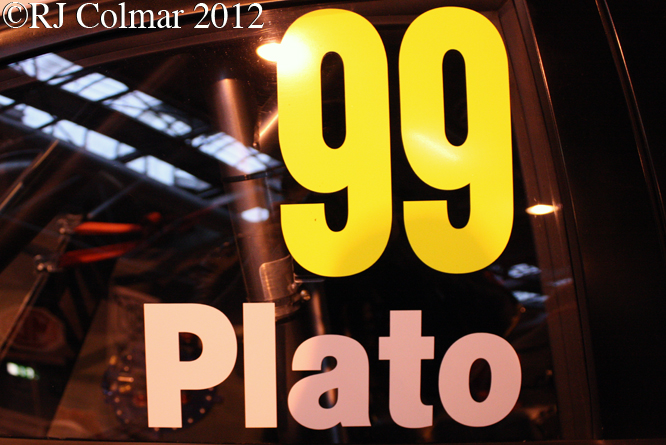
Jason Plato started racing in karts and progressed through Formula Ford, Formula Renault and Formula Three open wheelers before winning the 1996 Renault Spider championship, he then manged to land a drive in the works Renault Touring Car team which was run by Frank Williams, he moved to Vauxhall, run by Triple 8 Motorsport, in 2000 an won his first BTCC title in 2001. Since then he has won more BTCC races than any other driver with stints at SEAT 2004 – 2008 and Chevrolet 2009 to 2011 winning the BTCC title for a second time in 2010.
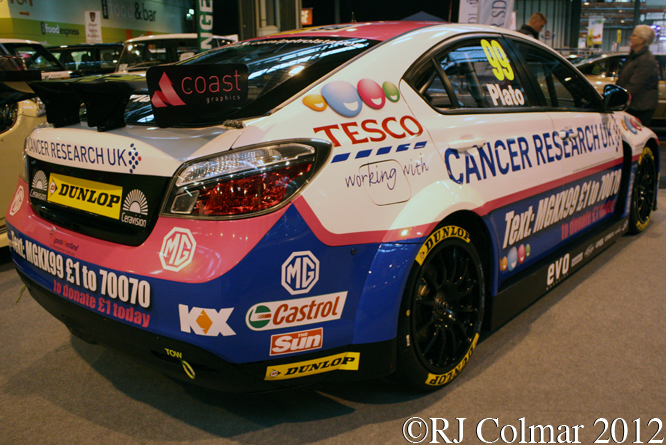
The BTCC series comprises ten weekends racing at different tracks starting at the Brands Hatch Indy Circuit and finishing at the Brands Hatch Grand Prix Circuit, each meeting comprises three races, qualifying for the first is by timed practice while the top ten finishers are reversed on the grid for the second race and pole for the third is determined from from between 6th and 10th place finishers in the second race by lucky dip with 1st to 5th finishers from the second race going to the back of the grid ! Jason won 6 of the thirty qualifying races last season on his way to third in the championship.
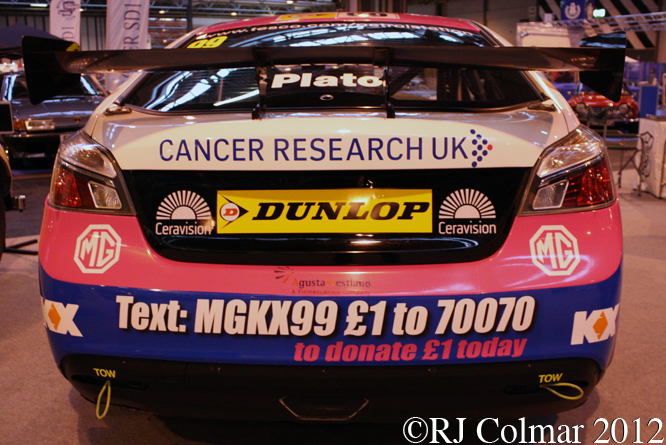
To celebrate their successful return to the BTCC MG recently launched a fully loaded with go faster equipment and graphics MG6 BTCC Special Edition.
For 2013 MG and Honda will be joined by privateers running Chevrolet Cruze, Toyota Avensis, BMW 125i, Ford Focus ST, Audi A4, Vauxhall Insignia VXR-R, Volkswagen Passat CC, and Proton Persona bodies. 1st meeting of the season will be at Brands Hatch on the 31st of March.
Thanks for joining me on this “Next Generation” edition of “Gettin’ a li’l psycho on tyres” I hope you will join me again tomorrow. Don’t forget to come back now !

